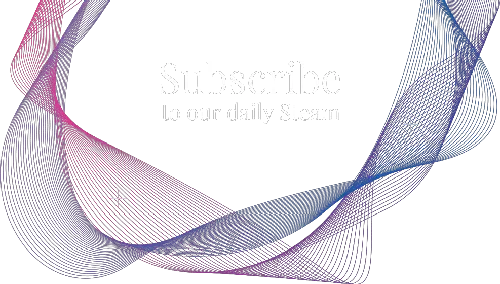Distributed computation in ant colonies, feels like nature at its best. Simply put, a distributed computation or working scenario is like nature’s signature work. Watch out for colonies of insects including ants in your nearby area possibly a park, your backyard or courtyard, etc. And you will witness a brilliant body of work. It would have great co-ordination, discipline, communication between various individual units or members involved, and then task-execution. Not just insects, but clusters of neurons in our brain are also a great example of a biological distributed system.
Distributed Computing in a gist
Distributed systems or distributed computing, if we talk specifically in terms of computational theory, comes in handy when we intend to make systems or architectures that have enhanced computational speed, scalability and are fault-tolerant. Not necessarily every system needs to be distributed unless the condition/situation demands to be. Although distributed systems are certainly more fault-tolerant but troubleshooting issues within such systems is difficult at the same time. But, mother Nature without an iota of doubt is the best teacher and most of our technologies not only in the computational field but also otherwise are greatly inspired by Nature.
Distributed computation in ant colonies-How do MIT researchers study?
As the work of ants greatly inspired a group of researchers at MIT, they are thus keen to explore ants’ computational skills. Or how do they work in a distributed environment to achieve tasks such as building of their colonies? They want to apply the same techniques with which they study human-built systems to these systems of nature and study them. They intend to work towards bettering the existing systems and also create new ones drawing inspiration from natural systems.
Ants at work-Inspiration for researchers
Ants individually undertake simple routines regularly but co-operate and co-ordinate in a certain manner to make colonies and also survive there. Now, there is a scout and in the group that does a lot of potential-site-searching to build a colony there. Post this the scout ant kind of assigns tasks to various ants who then assess the quality of these potential sites. And after gauging the quality of these sites, the ants in unison take a final decision about a particular site. They follow a quorum-based protocol to come to a decision. The researchers tell that they have even studied the adeptness of these ants to gauge the population density in their nests and colonies. Also how they follow a trail to make food-related explorations and their mechanism of job division. Distributed computing in ant colonies thus makes a strong and interesting area of research for many researchers.
Conclusion:
Algorithms of computer science and nature have been intricately related. Thus, computer scientists have always written algorithms to analyze the nature and biological world. And similarly, nature inspires scientists with its smart ways to write smarter and new algorithms. Thus distributed computation in ant colonies serves a great food for researchers and their research.
Also Read Brain maintains a memory timeline






